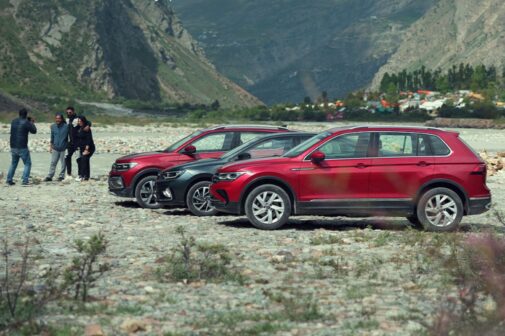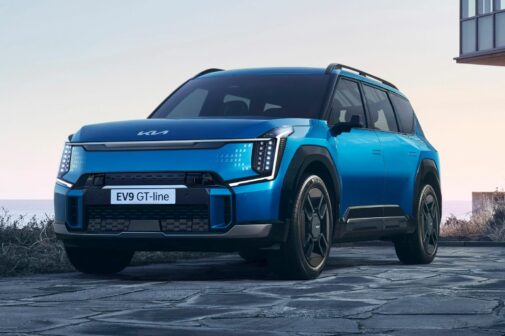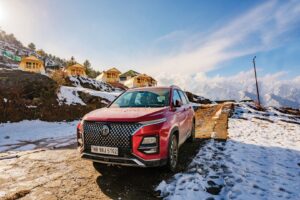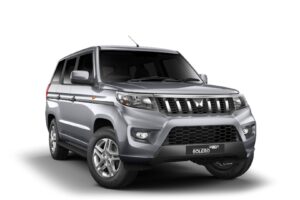The following article was authored by NXP Semiconductors’ VP and India Country Manager, Sanjay Gupta. Here he talks about the Vehicle-to-X communication technology, in relation to autonomous driving.
Automobiles, the massive consumer focused industry, with the help of ever increasing computing power and wireless technology, is moving rigorously towards a 360-degree situational awareness technology for vehicles. The automobile industry is opting for Vehicle-to-X technology not only to enable communication with anything but also to enhance safety on road. With the help of Vehicle-to-X technology, cars can communicate with their surroundings across distances of approximately one mile. V2X technology enables communication between a vehicle and anything in the environment that may affect it, including other vehicles (V2V), surrounding infrastructure, like traffic lights (vehicle-to-infrastructure, or V2I), and even phones (vehicle-to-phone, which enables communication between cars and pedestrians holding a smartphone). Here is how it makes driving better for all of us.
V2X Technology enables increased traffic safety and is evolving towards making vehicles safer by helping them see and react to invisible danger. Each year more than 1.2 million people die in traffic accidents worldwide. And most of the accidents are caused by human error. Vehicle-to-X technology (V2X) helps to reduce the number of deaths by making the invisible, visible. An electronic emergency brake light, for example, warns the driver that a vehicle that is nearby but not visible is beginning to brake. V2X can also help to detect road hazards or vulnerable pedestrians and cyclists. Smart cars can brake before human drivers react, and alert the vehicles behind them to reduce their speed. The US DOT estimates that V2X would save >1,000 lives / year and reduce 2.3 million non-fatal injuries.
V2X Technology is also determinant towards making driving much easier and time saving for drivers. V2X technology helps optimise traffic flow and reduce traffic congestion. This saves time for everyone. When cars communicate with road signs, traffic lights, other vehicles, and traffic management centres, they automatically know the best route from A to B. For example, traffic lights can tell cars at which speed they have to travel in order to catch the green light. Connected cars can also provide transport authorities with real-time traffic data for better road management and improved infrastructure planning. An economical and safer transportation system is another aspect of V2X Technology. A more efficient, safer transportation system can help to save money for the people. According to US DOT, V2X would save society $871 billion annually in the U.S. Blocked roads lower productivity, cause delays in supply chains and increase the cost of doing business. In Europe, congested roads cost nearly 100 billion euros annually. With V2X technology, vehicles can detect congestion-causing factors in advance, and react accordingly. Real-time data can be combined with simulation models to optimize routes and make journeys faster and more efficient.
V2X Technology is also insistent on making the Earth safer by incorporating effective technologies for safeguarding the environment.V2X helps lessen the environmental impact of transportation. Platooning, for example, allows self-driving cars or trucks to follow each other with very little distance between the vehicles. This technique can lead to less fuel consumption and CO2 emissions. Cars traveling in free-flow conditions also use less fuel, so they create fewer emissions. Apart from every other necessary factor, V2X Technology also purposes for on-road convenience of the drivers.
With V2X comes a new level of comfort as it allows drivers to see well ahead and sense hazards, traffic jams, or road blocks far beyond the driver’s line of sight. This will help to make car travel more fun and convenient than ever before.
With V2X Technology being the next frontier of automobile technology, its capabilities are promising to a much safer, time-efficient, cost-efficient, and convenient driving experience.


















